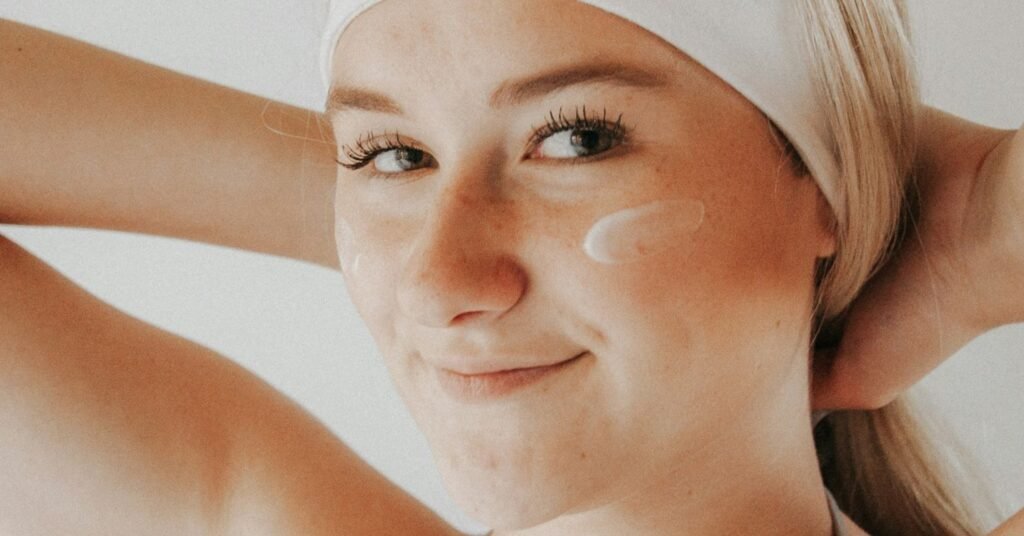The Impact of Anti-Aging Culture on Adolescents
In today’s society, youth is often equated with beauty, particularly for women. While there has been a shift in recent years with more older women representing beauty and lifestyle brands, the obsession with anti-aging products continues to grow exponentially among all age groups.
The Rise of "Sephora Kids"
A concerning trend has emerged where children as young as seven years old are entering the beauty market, earning the nickname "Sephora kids." This term describes young consumers who spend significant amounts of money on beauty products, sparking debates about early exposure to anti-aging culture.
Adolescent Self-Consciousness
As girls transition into adolescence, they become increasingly aware of their appearance and how they are perceived by peers. The desire for popularity often intersects with beauty ideals, leading many to believe that attractiveness is essential for social acceptance. Social media platforms, particularly TikTok, amplify these feelings, with numerous influencers showcasing elaborate skincare routines aimed at maintaining youthful skin.
The Role of Social Media Influencers
- Influence on Beauty Standards: Influential figures often promote high-cost skincare routines focused on the necessity of looking youthful.
- Peer Pressure: While girls face intense pressure to conform to these beauty ideals, boys experience their own forms of self-consciousness but are less influenced by these specific beauty trends.
Concerns About Anti-Aging Products for Kids
A peer-reviewed study in Pediatrics published in June 2025 raises significant concerns about the impact of costly skincare routines promoted on platforms like TikTok. Researchers highlighted several crucial points:
- Ineffectiveness: The products touting anti-aging benefits offer little utility for young skin.
- Health Risks: Many products expose youths to ingredients that can irritate and damage their sensitive skin.
- Unnecessary Expenses: Tweens and teens purchasing these items often do so without understanding the potential long-term consequences.
Many ingredients, such as alpha-hydroxy acids and retinoids, can lead to skin issues like irritation and dermatitis when used at an early age.
Psychological Implications
Beyond the financial and health concerns, there is a deeper psychological impact associated with these beauty standards. The promotion of unrealistic ideals can exacerbate feelings of insecurity among young people, perpetuating beliefs that attractiveness correlates with social success.
The Objectification of Self
These beauty care trends can encourage young girls to perceive themselves as mere objects of admiration rather than active agents in their own lives. This mindset can diminish their sense of self-worth and agency, shifting the focus from achieving personal milestones to seeking validation based solely on appearance.
Solutions for Parents: How to Counteract Beauty Culture
1. Strengthening Connection
- Foster a loving relationship to help your child feel valued for who they are. This emotional bond can serve as a buffer against negative social media influences.
2. Open Conversations
- Discuss Healthy Skin Care: Educate your child about basic skincare, emphasizing the importance of cleansing, moisturizing, and using sunscreen.
- Challenge Beauty Standards: Talk about how beauty standards are culturally constructed and vary over time, illustrating that aging is sometimes celebrated as a mark of wisdom.
3. Support for Self-Worth
- Help your child recognize their unique strengths—be it artistic talent, kindness, academic skills, or athletic abilities. Reinforce the idea that personal fulfillment relies more on these attributes than on physical appearance.
By nurturing self-acceptance and understanding, parents can equip their children to navigate the pressures of a beauty-obsessed culture. Encourage them to appreciate their individuality and to value character and kindness above all else.
For further insights into adolescent beauty culture, consider reviewing American Academy of Pediatrics resources and expert recommendations.


